World Wildlife Day
On World Wildlife Day, 3 March 2025, we're celebrating our incredible natural world and the remarkable places that we call home.
Here at WWF, every day is World Wildlife Day. We’re working hard with partners, Indigenous peoples and local communities to bring our world back to life.


Why is World Wildlife Day so important?
We have so much to celebrate when it comes to our natural world. Over the years, we have seen habitats restored and species brought back from the brink.
Sadly, nature is still being lost at an alarming rate. Global wildlife populations have declined, on average, by 73% since 1970. This is a stark reminder that there is more we must do to turn things around.
WWF Success Stories
We are already working hard to protect our world, discover a handful of WWF projects that are making a difference.
-
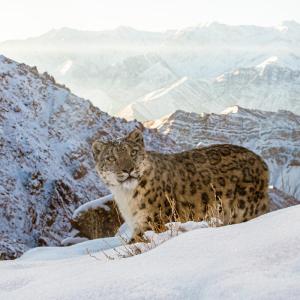 © Sascha Fonseca / WWF-UK
© Sascha Fonseca / WWF-UKSuccessful snow leopard population survey in Nepal
WWF supported the first snow leopard conservation survey in Kanchenjunga Conservation Area (KCA) in seven years. Data from camera traps placed in 49 locations spanning 800 sq km revealed KCA is home to 13 snow leopards. These findings provide critical insights into the big cats’ population status to guide future conservation efforts.
-
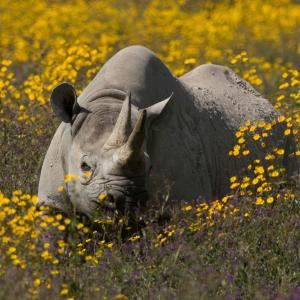 © Steve Morello / WWF
© Steve Morello / WWFBlack rhino’s on the up
Kenya's black rhino population has more than doubled, from fewer than 400 in the 1980s to over 1000 today. Kenya is now halfway to reaching its goal of 2,000 black rhinos by 2037. WWF has supported black rhino conservation in Kenya since the early 1960s and has supported the development of Kenya's Black Rhino Action Plan for 2022-2026, which will continue to guide ongoing conservation efforts in the coming years.
-
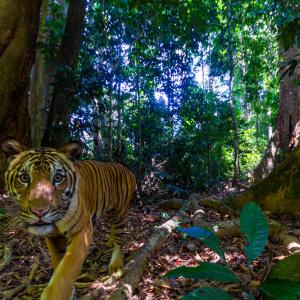 © Emmanuel Rondeau / WWF-US
© Emmanuel Rondeau / WWF-USTigers roar back
In an effort known as TX2, WWF worked with governments of tiger range countries to collectively double the global tiger population from as few as 3,200 tigers in 2010, to an estimated 5,574 wild tigers in 2023. Nepal and India successfully doubled their national tiger populations, with India home to the greatest number of wild tigers. WWF is supporting the training of Bagh Mitras – ‘Tiger Friends’ – in India, to help ensure peaceful coexistence between people and tigers.
-
 © WWF-China
© WWF-ChinaBuilding Pandas dens
WWF is working with local partners to trial an innovative solution to address the impact of historical logging on panda habitats: artificial dens for pandas to use as safe birthing sites. WWF has supported the setup of 20 of these dens in Dujiangyan - a protected area in China Giant Panda National Park. Following promising initial trial findings, the dens have been improved to enhance their ability to block water and wind, and the trial site has been expanded to Daxiangling mountain range.
-
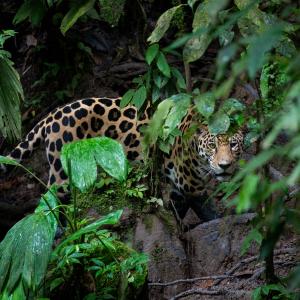 © Karine Aigner / naturepl.com / WWF
© Karine Aigner / naturepl.com / WWFProtecting jaguars of the Peruvian Amazon
In Madre de Dios in the Peruvian Amazon, 220 families are taking part in farmer field schools, supported by WWF. They are learning regenerative farming techniques, removing the need for them to clear new areas of the Amazon forest. Forest that is home to the jaguar. With the support and participation of Indigenous peoples and local communities in Madre de Dios, WWF monitors the jaguar and its prey in the Tahuamanu - Tambopata biological corridor, using non-invasive technology such as camera traps. 145,000 hectares in Madre de Dios are monitored with the support of local communities – this covers an area almost as large as the county of South Yorkshire!
/
Species from around the world
Here are some fascinating facts about a handful of incredible species that we share our natural world with.
-
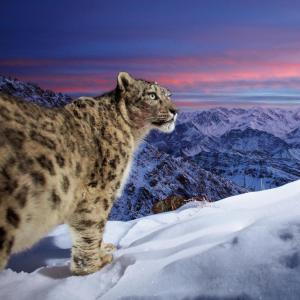 © Sascha Fonseca / WWF-UK
© Sascha Fonseca / WWF-UKMore Close Snow leopards
Despite being called the snow 'leopard', this big cat is more closely related to the tiger than the leopard. Unlike other big cats, snow leopards can’t roar. As well as spitting, hissing and growling, snow leopards make a soft ‘prusten’ greeting call – a bit like the snorting of a horse. This is used as a friendly greeting call, or for reassurance. Snow leopards have a 'main' call described as a 'piercing yowl' that's so loud it can be heard over the roar of a river.1
Snow leopard facts -
 © Martin Harvey / WWF
© Martin Harvey / WWFMore Close Black Rhino
Black rhinos have a characteristic, pointy prehensile upper lip used to 'pluck' vegetation from trees and bushes.2 Black rhinos snort when angry and make sneeze-like calls as alarms.3 Rhino horn is made up of keratin - the same protein which forms the basis of our hair and nails.4
Rhino facts -
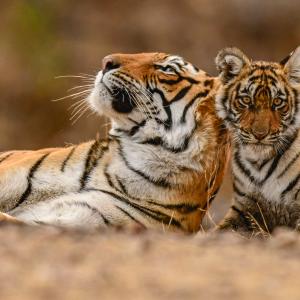 © Reserve Shutterstock BhasmangMehta WWF-International
© Reserve Shutterstock BhasmangMehta WWF-InternationalMore Close Tigers
Tigers are excellent swimmers. They have been known to swim between islands in the Sunderbans. 4 The vocal repertoire of tigers is vast - they grunt, growl, roar, moan, snarl, chuff, hiss and gasp. It's thought that each vocalisation is used to communicate different things.5
Tiger facts -
© Brett Gainer
More Close African Elephant
The folds and wrinkles in an elephant's skin can retain up to 10 times more water than flat skin does. This helps to cool them down. The African elephant is the world's largest land mammal – with males on average measuring up to 3m high and weighing up to 6 tonnes.6
Elephant facts -
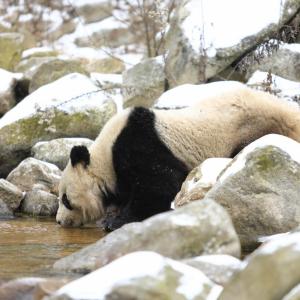 © WWF China
© WWF ChinaMore Close Giant Panda
Sometimes, to mark their scent, pandas climb a tree backwards with their hindfeet until they're in a full handstand upside down - enabling them to leave their scent higher up.7 When startled, excited, or to advertise their presence, giant pandas emit a high intensity 'bark'.8
Panda facts -
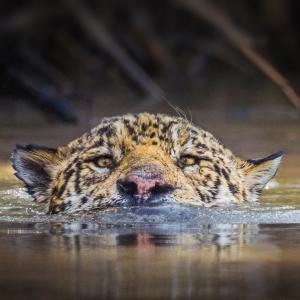 © Brent Chambers
© Brent ChambersMore Close Jaguar
When there are plenty of females around, male jaguars sometimes form coalitions; patrolling and marking territory together, invading territories of other males, and sharing prey.9 Jaguars have a more powerful bite than any other big cat – the big cat can bite through the thick hides of crocodilians and the hard shells of river turtles.10
Jaguar facts
/
Our natural world
-
© Anup Shah / naturepl.com
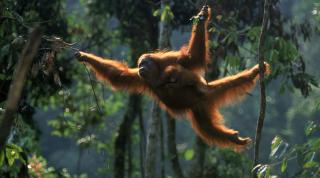
-
© Naturepl.com / Juan Manuel Borrero / WWF

-
© Karen Steward

-
© naturepl.com / Dave Watts / WWF
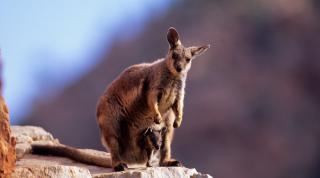
-
© Jiri Rezac 2006
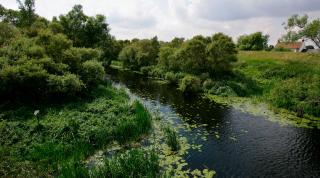
-
© Wim van Passel / Timeless Moments
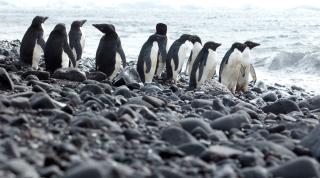
-
© Chris Johnson / WWF-Aus
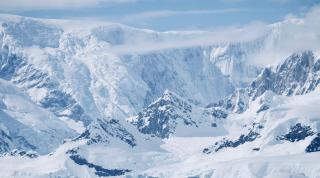
-
© Joshua Harris / WWF-UK
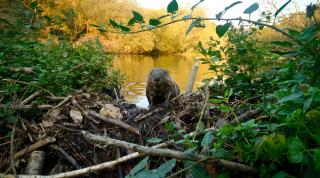
-
© Ola Jennersten / WWF-Sweden
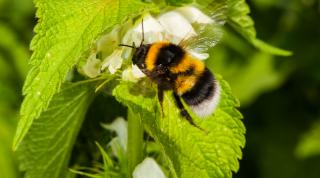
-
© Ola Jennersten / WWF-Sweden
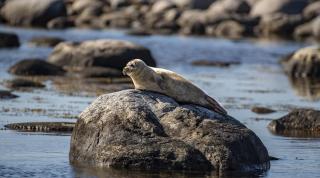
-
© Casper Douma / WWF
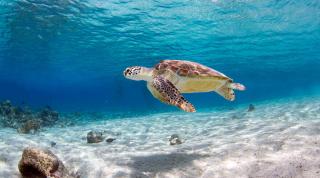
-
© Alessandro Sgro / WWF
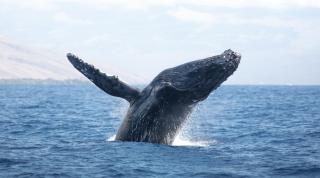
-
© wildlifewitholly / WWF-UK

-
© Olli Immonen / WWF
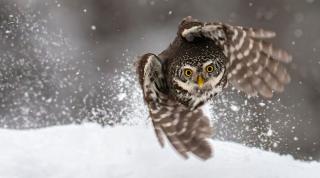
-
© Joseph Gray / WWF-UK
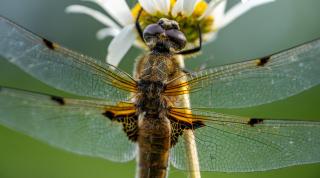
/
We also recommend
-
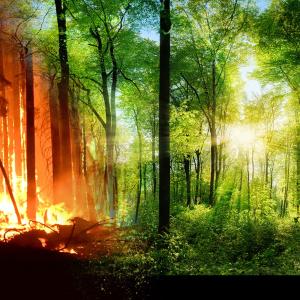 © WWF-UK
© WWF-UKTake action for our world
Find out what you can do -
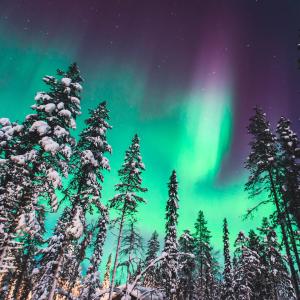 © Shutterstock / Tsuguliev / WWF
© Shutterstock / Tsuguliev / WWFEarth Hour
Find out more -

What your business can do
Explore more
/
Sources
[1] Source: Snow Leopard Trust https://snowleopard.org/snow-leopard-facts/behavior/
[2] International Rhino Foundation | About Rhinos https://rhinos.org/about-rhinos/rhino-species/black-rhino/
[3] Wilson DE & Mittermeier RA eds (2009). Handbook of Mammals of the World, Vol 2 Hoofed Mammals
[4] Macdonald. D (Ed) Encyclopaedia of Mammals.1995 Andromeda Oxford Limited
[5] Walsh et al. (2003) Accoustic Communication in Panthera tigris: A study of Tiger vocalization and Auditory Receptivity. Architectural Engineering - Faculty publications, Paper 38 & Wilson, D.E. and Mittermeier, R.A. (2009) Handbook of The Mammals of the World: Carnivores.
[6] Wilson, D.E. and Mittermeier, R.A. (2009) Handbook of The Mammals of the World: Hooved Mammals
[7] EAZA Bear TAG (2024). All About Ursidae: Bear Educational Guidelines – First edition. Zsuzsa Petró, Sóstó Zoo, Hungary
[8] Wilson, D.E. and Mittermeier, R.A. (2009) Handbook of The Mammals of the World: Carnivores.
[9] Jędrzejewski, W., Hoogesteijn, R., Devlin, A.L. et al. Collaborative behaviour and coalitions in male jaguars (Panthera onca)—evidence and comparison with other felids. Behav Ecol Sociobiol 76, 121 (2022). https://doi.org/10.1007/s00265-022-03232-3
[10] IUCN Cat Specialist Group | Jaguars https://www.catsg.org/living-species-jaguar